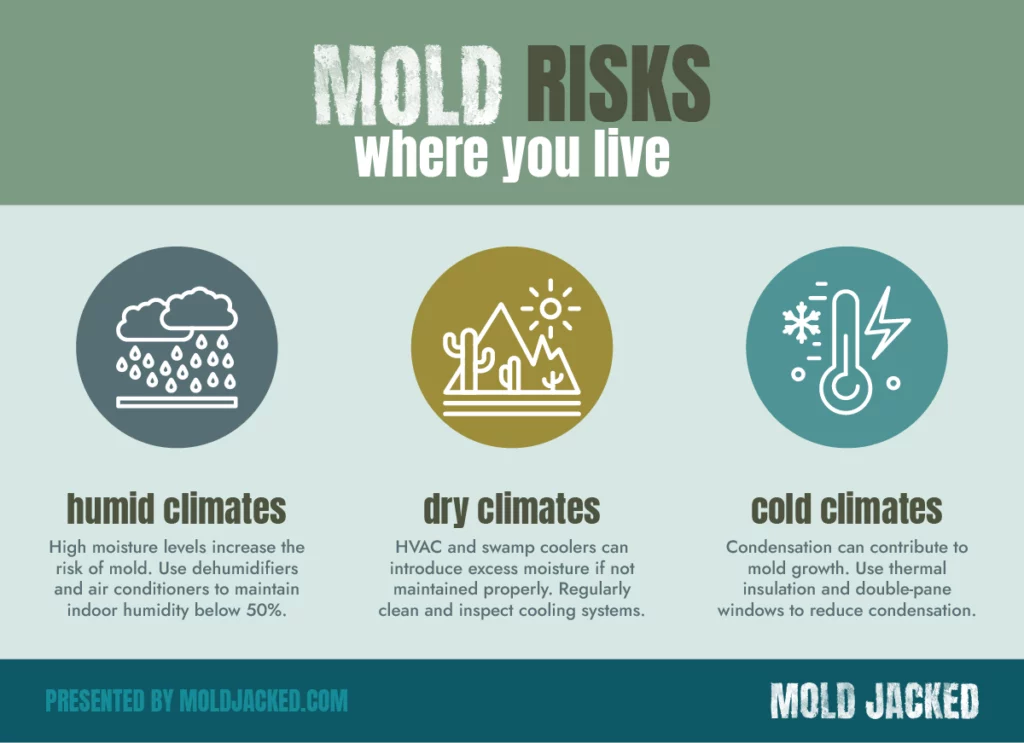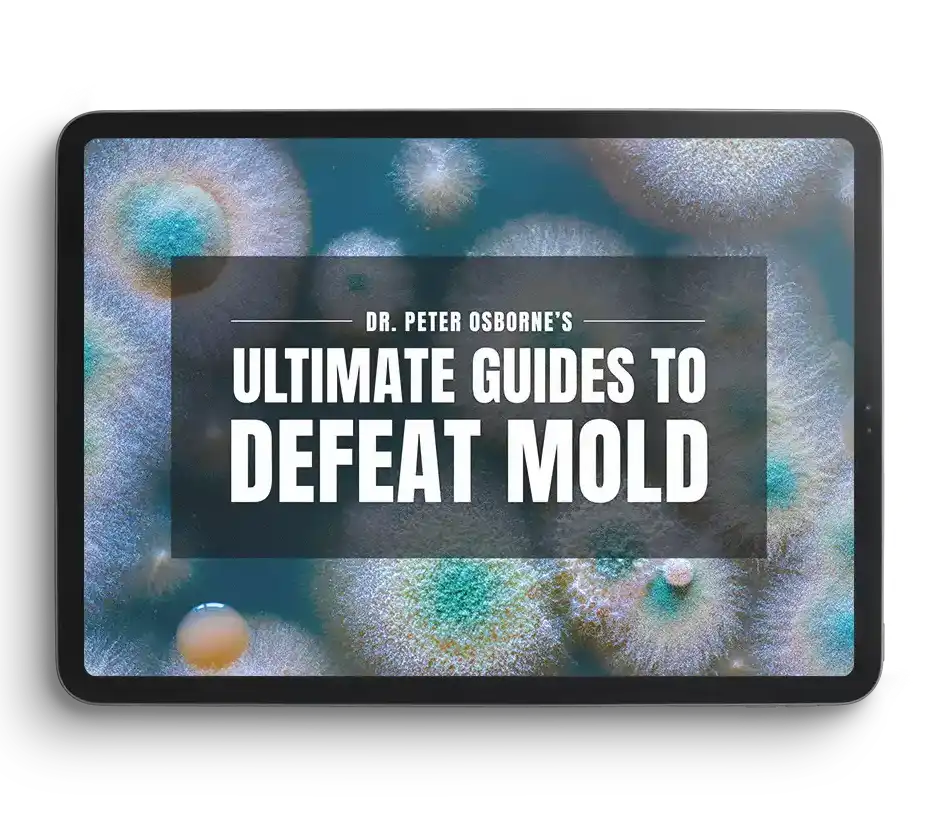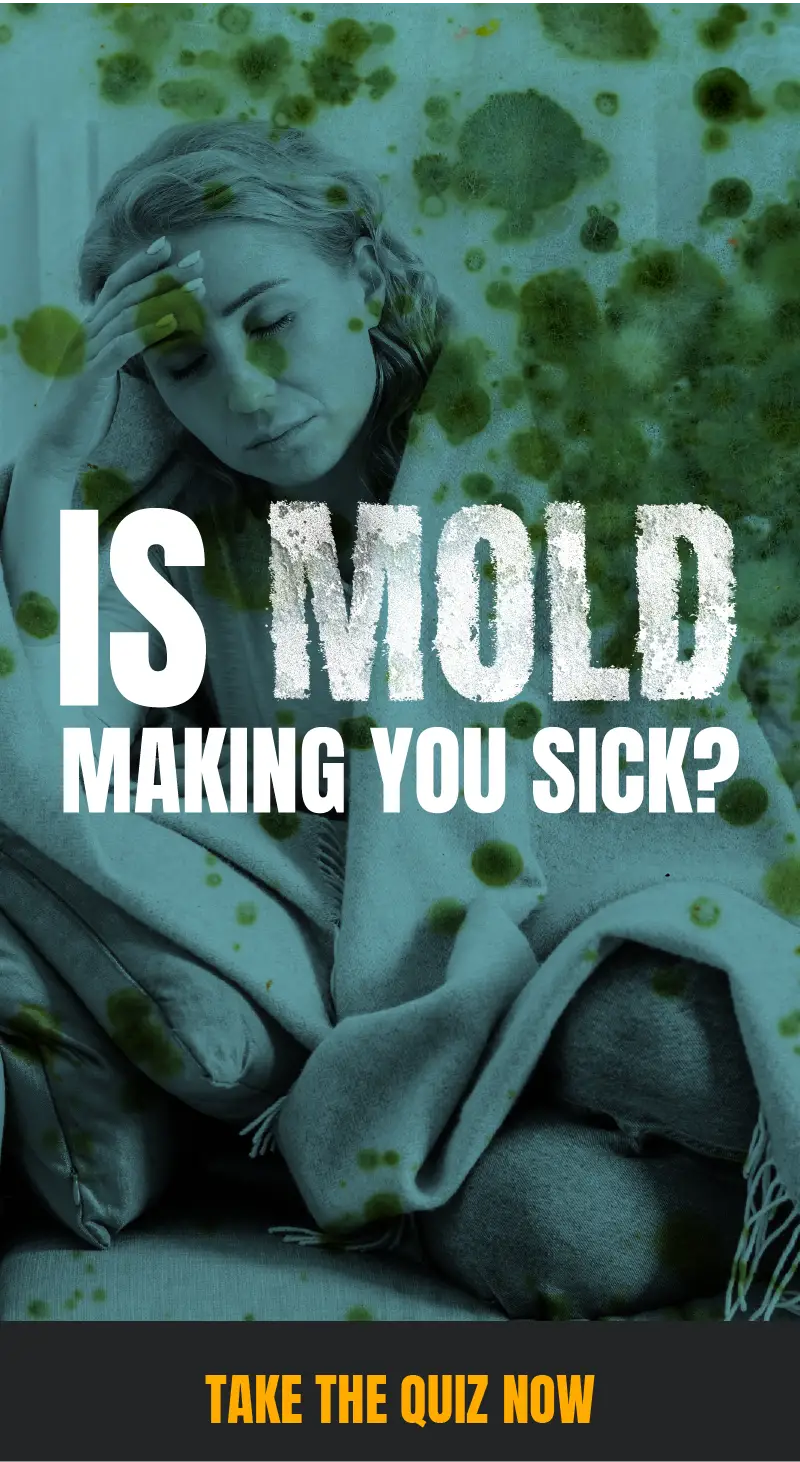Mold-Proofing Your Home: A Comprehensive Guide to Prevention and Protection
No home is 100% mold proof. Even new homes. All homes are subject to inclement weather, construction defects or failures, and general wear and tear. For these reasons, it is important to understand “mold maintenance” and prevention strategies to best protect your home.
Mold is a common problem in homes. According to some researchers, this potentially dangerous issue affects 50% of homes. It thrives in damp, humid environments and can cause structural damage as well as serious health issues, including respiratory problems, allergies, autoimmune disease, and cancers.
Preventing mold growth is far more effective and cost-efficient than dealing with its consequences. This guide provides detailed, actionable steps to help homeowners and renters create a mold-free living environment.
CONTENTS
ToggleUnderstanding Mold Growth
Conditions for Mold Growth
Mold needs three main elements to thrive:- Moisture: Leaks from plumbing, condensation, high humidity levels, and inadequate ventilation are primary sources of moisture that promote mold growth. Regularly inspect areas prone to moisture, such as under sinks, near windows, around HVAC units, and in basements.
- Warmth: Mold thrives in temperatures between 60-80°F. Reducing indoor temperature fluctuations by using proper insulation and ventilation can help minimize condensation and mold formation.
- Organic Material (Food): Mold feeds on organic materials such as wood, drywall, insulation, fabric, and carpeting. Keeping these materials dry and using mold-resistant alternatives in moisture-prone areas can reduce mold growth.
How to Mold-Proof Your Home
Control Water & Humidity Levels
Maintaining humidity levels between 30% and 50% reduces the risk of mold growth. Here’s how to manage indoor humidity:- Use dehumidifiers in damp areas like basements and crawl spaces.
- Run air conditioners to maintain dry indoor air.
- Invest in hygrometers to monitor indoor humidity.
- Vent clothes dryers, stoves, and heaters to the outside.
- Wipe down sh
Identifying Hidden Moisture Sources
- Inspect regularly for leaks in plumbing, roofs, and HVAC systems. Address any leaks immediately.
- Check for condensation on windows, walls, and pipes. Insulate pipes and install proper ventilation where needed.
- Monitor indoor humidity levels using a hygrometer. Maintain humidity between 30-50% for optimal mold prevention.
- Install waterproof mats under sinks to catch minor leaks and prevent moisture damage.
- Check washing machines for pooled moisture or residue buildup in the detergent tray and door seal.
Ventilation & Air Circulation
- Open windows daily when weather permits to allow fresh airflow.
- Use ceiling fans and exhaust fans in bathrooms and kitchens to remove excess humidity.
- Keep closets and storage areas ventilated to prevent mold growth on clothing and stored items.
- Move furniture slightly away from walls to improve air circulation.
Bathroom & Kitchen Mold Prevention
- Run exhaust fans while showering and cooking to remove steam and moisture.
- Wipe down wet surfaces in showers, sinks, and countertops to prevent water buildup.
- Fix leaks under sinks and around fixtures immediately to prevent mold from growing in cabinets.
- Apply mold-resistant caulk and grout around sinks, tubs, and showers.
Prevent Water Intrusion
Homes are not impervious to inclement weather. The exterior construction can be damaged and fail, allowing water into the home.- Roof and siding damage, accumulated debris in gutters, improper landscaping that allows water pooling, and shaded areas with poor airflow can lead to exterior mold growth that can infiltrate indoor spaces.
- Inspect and clean gutters regularly to ensure proper drainage.
- Ensure downspouts direct water at least 6-10 feet away from the foundation.
- Ensure sprinkler systems are positioned away from the home.
- Seal windows and doors to prevent leaks.
- Inspect roofing annually for missing or damaged shingles.
- Monitor basements – common sources of moisture accumulation, especially
Improving Indoor Air Quality
Air quality plays a significant role in mold prevention. Using high-quality air filtration and purification methods can help reduce airborne mold spores and prevent mold from taking hold in your home.Key Strategies for Better Air Quality:
- Ultra-Fine HEPA Air Filters: Install HEPA (High-Efficiency Particulate Air) filters in your HVAC system to trap mold spores, dust, and other airborne particles before they circulate throughout your home.
- HEPA Vacuums: Use vacuums equipped with HEPA filters to remove mold spores from carpets, furniture, and hard surfaces.
- Essential Oils with Anti-Mold Properties: Diffusing essential oils like tea tree, eucalyptus, thyme, cinnamon, and clove can help inhibit mold growth due to their natural antifungal properties.
- Air Purifiers with UV or Hydroxyl Technology: Consider using air purifiers that include UV-C light or hydroxyl generators to neutralize mold spores in the air.
Using OH- Generators for Mold Prevention
OH- (hydroxyl) generators are an advanced technology used to eliminate mold spores and prevent mold growth in indoor environments. These generators produce hydroxyl radicals, which are naturally occurring molecules that break down contaminants such as mold, bacteria, and VOCs (volatile organic compounds) in the air. Unlike ozone generators, which can be harmful to humans and pets, hydroxyl generators are safe for continuous use in occupied spaces.Benefits of OH- Generators for Mold Prevention:
- Continuous Air Purification: Helps to maintain mold-free air in damp-prone areas like basements and bathrooms.
- Eliminates Mold Spores: Actively neutralizes airborne spores before they can settle and grow.
- Safe for Occupied Spaces: Unlike ozone treatments, hydroxyl radicals do not pose a risk to human health.
- Reduces Odors: Removes musty smells associated with mold growth.
- Effective Against Other Contaminants: Also neutralizes bacteria, viruses, and VOCs for a healthier indoor environment.
Maintain Plumbing and Appliances
Regular plumbing maintenance can prevent leaks that lead to mold:- Check hoses and fittings on appliances like dishwashers, washing machines, and refrigerators.
- Inspect under sinks and around toilets for leaks.
- Know the location of your home’s main water shut-off valve in case of emergencies.
Take Immediate Action After Water Damage
If flooding or a leak occurs, rapid response is crucial:- Remove standing water as soon as possible.
- Dry or remove soaked carpets, upholstery, and drywall within 24-48 hours.
- Use fans and dehumidifiers to accelerate drying.
- Disinfect surfaces with a bleach and water solution to kill mold spores.
Common Mistakes That Lead to Mold Growth
Despite the best intentions, certain common mistakes can inadvertently contribute to mold growth. Avoid these pitfalls to maintain a mold-free home:- Improper HVAC Sizing: An oversized HVAC system cools the home too quickly without properly dehumidifying the air, while an undersized system struggles to remove excess moisture.
- Neglecting HVAC Maintenance: Dirty coils and clogged filters can cause moisture buildup and poor air circulation, creating ideal conditions for mold.
- Blocking Vents and Registers: This disrupts airflow and can create condensation in the ductwork, promoting mold growth.
- Overuse of Humidifiers: While humidifiers can be beneficial in dry climates, excessive use can push indoor humidity levels beyond 50%, increasing the risk of mold.
- Failing to Use Exhaust Fans: Not running kitchen and bathroom fans allows moisture to accumulate, especially after cooking or showering.
- Delaying Leak Repairs: Even minor leaks can create hidden moisture pockets where mold thrives.
- Carpeting in Moist Areas: Installing carpets in basements, bathrooms, and other damp areas can trap moisture and foster mold growth.
Climate-Specific Mold Risks
- Humid Climates: High moisture levels increase the risk of mold. Use dehumidifiers and air conditioners to maintain indoor humidity below 50%.
- Dry Climates: HVAC and swamp coolers can introduce excess moisture if not maintained properly. Regularly clean and inspect cooling systems.
- Cold Climates: Condensation on windows, walls, and uninsulated pipes can contribute to mold growth. Use thermal insulation and double-pane windows to reduce condensation.
Buying or Renting a New Home?
If you are currently looking to buy or rent a new home or apartment, it is important to perform proper inspections before purchasing or leasing. You can check out my comprehensive guide on the topic here.
Mold Prevention Checklist
Use this structured checklist to stay proactive in mold prevention (download a printable version):
Daily Tasks:
- Run exhaust fans in bathrooms and kitchens for at least 30 minutes after use.
- Wipe down and dry wet surfaces in kitchens and bathrooms.
- Check for any musty odors and investigate potential moisture sources.
- Keep air conditioning running in humid climates.
- Avoid overwatering indoor plants and ensure proper drainage.
- Empty the dehumidifier
- Inspect washing machines and dishwashers for pooled moisture.
- Ensure laundry is dried completely before storing.
- Diffuse mold-deterring essential oils in problem areas.
Weekly Tasks:
- Check for musty odors or signs of condensation on walls and windows.
- Inspect under sinks and around toilets for small leaks.
- Vacuum and dust to remove potential mold spores.
Seasonal & Quarterly Tasks:
- Inspect and clean gutters and downspouts to ensure proper drainage.
- Check for leaks in the roof, windows, and foundation.
- Test exhaust fans in the kitchen and bathrooms for proper function.
- Clean and inspect appliance water hoses and HVAC units.
- Change air filters.
- Ensure landscaping directs water away from the house.
Annual Tasks:
- Conduct a whole-home moisture inspection, including basements and crawl spaces. Consider using a moisture meter and infrared camera.
- Have your HVAC system serviced and change air filters.
- Inspect and reapply sealant around windows and doors.
- Reseal basement walls if water intrusion is detected.
- Consider a professional mold inspection if musty odors persist.


